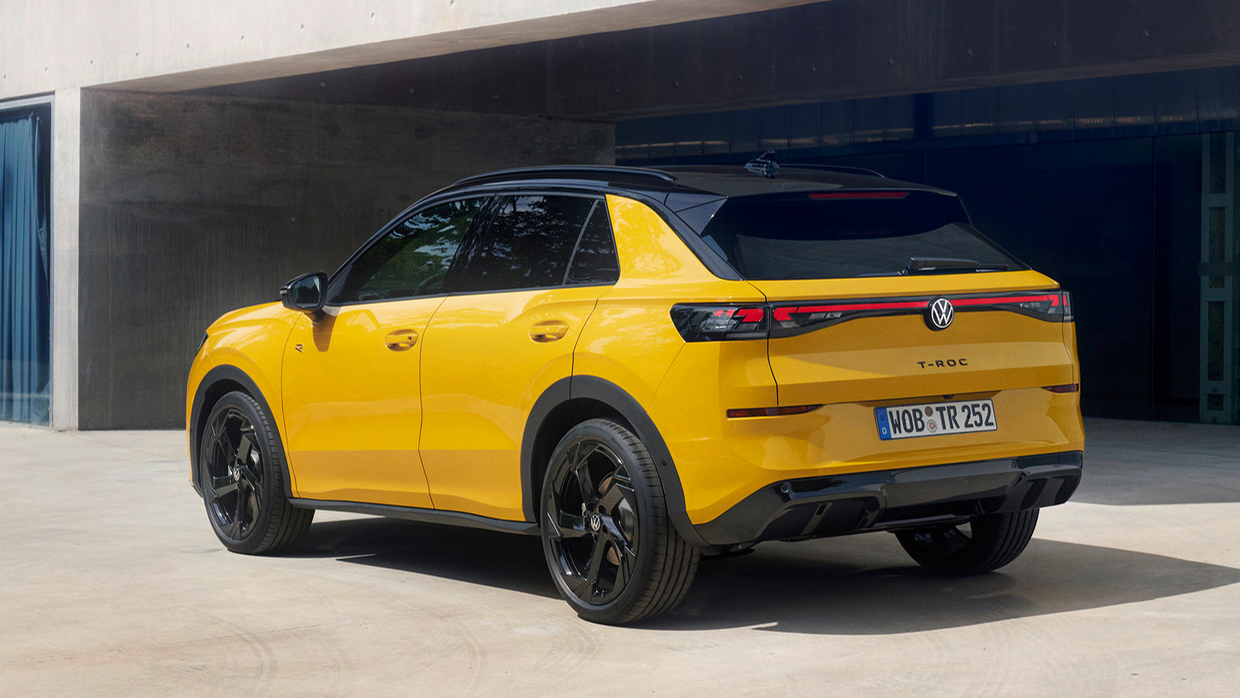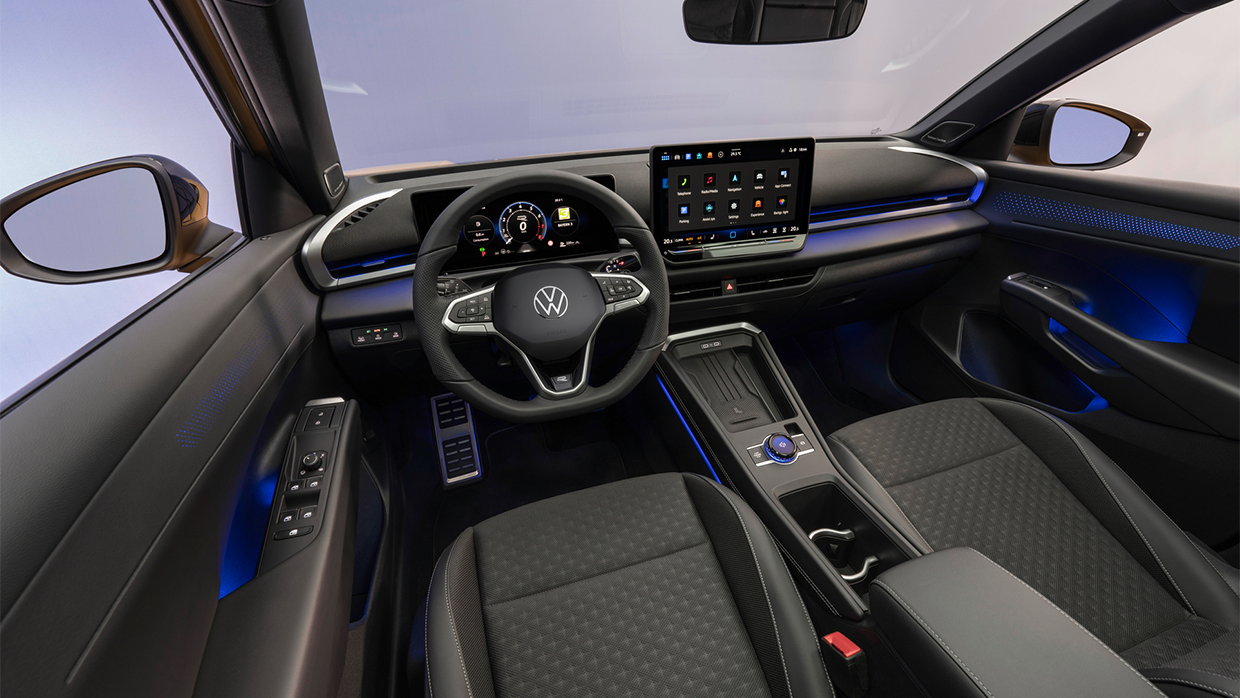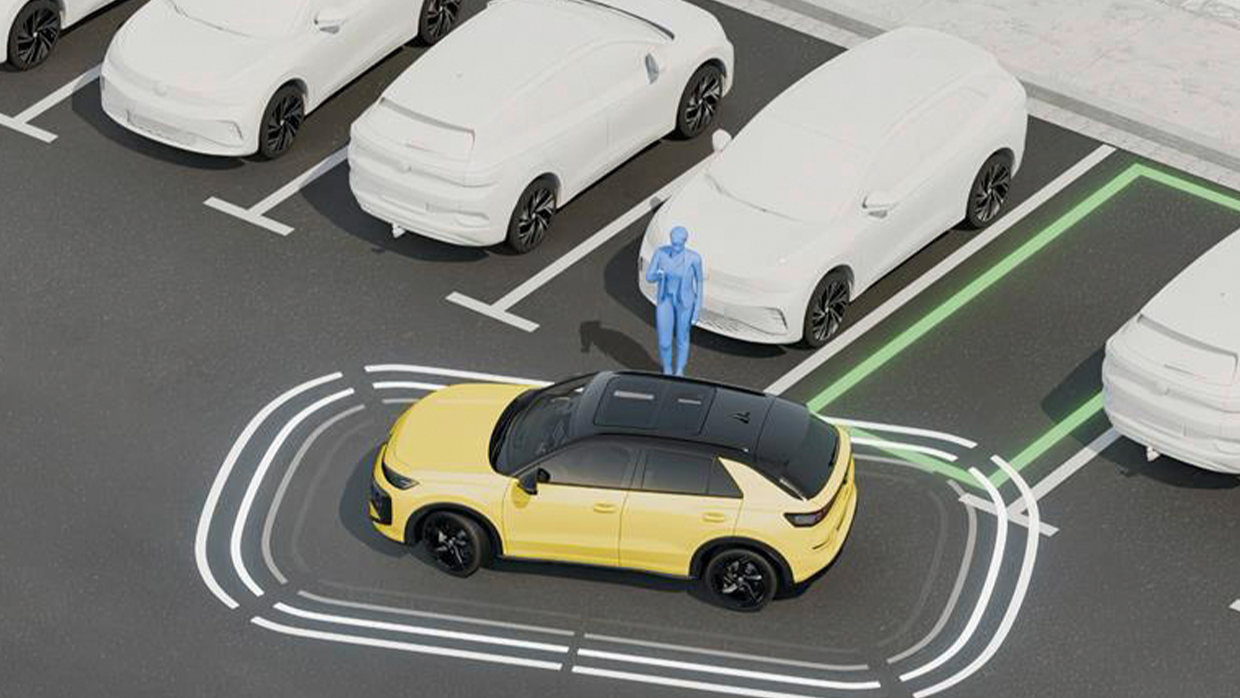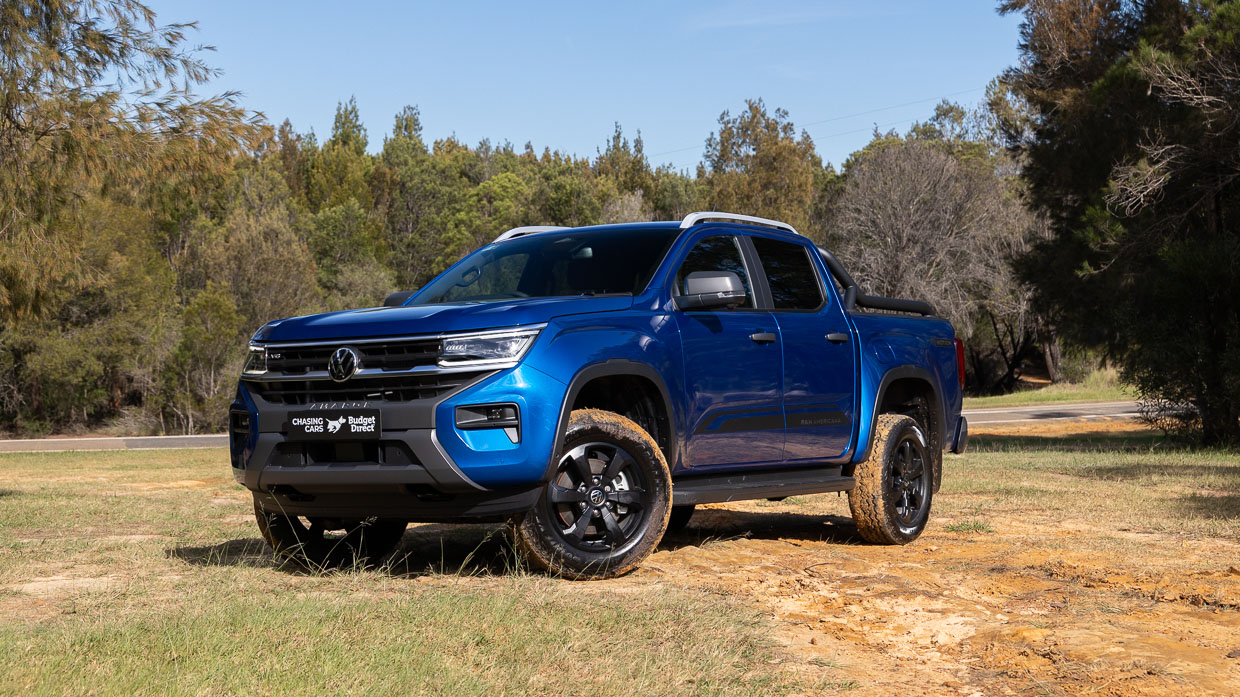-
Car Reviews
- All reviews
- Midsize SUVs
- Small cars
- Utes
- Small SUVs
- Large SUVs
- Large cars
- Sports SUVs
- Sports cars
- Vans
Latest reviews
- Car News
-
Car Comparisons
Latest comparisons
- Chasing Deals
Volkswagen small SUV is on sale in Germany with updated design and standard-equipped 48V mild hybrid
Volkswagen has today unveiled its second-generation T-Roc small SUV for European markets. The new model is built on a revised ‘MQB Evo’ platform, shared with recently launched Tiguan and Tayron SUVs.
The second-generation T-Roc has promptly entered presale in its German home country with a starting price of 30,845 euros (~$AUD55,000) and two mild-hybrid (MHEV) drivetrains.
The two drivetrains are exclusively front-wheel drive (FWD), sporting peak outputs of 85kW or 110kW. Both feature the same 1.5-litre turbo four-cylinder and 48V starter-generator system.
Dimensionally, the second-generation T-Roc is longer than its predecessor, with 12cm of additional length and a resultant 30 additional litres of boot space (now 475L). Volkswagen says there is now ample seating for four occupants ‘taller than 1.85m.’
According to Volkswagen, the T-Roc’s updated interior makes use of soft touch materials and atmospheric background lighting to create a ‘lounge-style experience’. Key revisions include a larger 13.0-inch infotainment screen (was 8.0-inches) and a ‘driver experience dial’.
The new T-Roc also features Volkswagen’s ‘Travel Assist’ adaptive cruise control system, capable of automatic lane changing and automatically adjusting to changed speed limits, along with automatic parking functionality.
Higher grade T-Roc models also offer a heads-up display and massaging 14-way adjustable front seats on the inside, and matrix LED headlights, illuminated external badging and a full-length rear LED light strip on the outside.
LED headlights are fitted as standard to all T-Roc trim grades.
Volkswagen claims a FWD 2.0L MHEV, as well as two FWD ‘full hybrid’ drivetrains, will later bolster the new T-Roc range. All MHEV variants of T-Roc will make use of Volkswagen’s signature seven-speed ‘DSG’ dual-clutch automatic transmission.
An all-wheel driven MHEV and ‘R’ have also been slated for a later release, although no official date is currently available.
Volkswagen’s 48-volt 1.5 eTSI MHEV system, which features in the two new launch T-Rocs, cannot support extended EV-only driving. It instead aids the combustion engine at low speeds, and provides a mild amount of regenerative braking.
This contrasts to key plugless hybrid small SUV rivals, which include the Toyota Corolla Cross, Hyundai Kona Hybrid, Honda HR-V e:HEV and Nissan Qashqai e-Power. These cars all offer EV-only driving functionality in some regard.
A Volkswagen spokesperson informed Chasing Cars that timing for an Australian second-generation T-Roc launch is not yet confirmed. Also not confirmed is which grades or powertrains will headline the local launch.
Launching a full-hybrid T-Roc in Australia would be greatly beneficial to Volkswagen. The German company could secure much-needed NVES credits, which would offset sales of its emissions-heavy Amarok ute when stricter emissions targets are put in place next year.
Currently, the Amarok is Volkswagen Australia’s most popular model with 5413 deliveries.
The T-Roc is Volkswagen AU’s second most popular vehicle with 4721 units sold year to date (according to the Federal Chamber of Automotive Industries’ VFACTS). The strong figure comprises 22 percent of Volkswagen’s total sales for H1 2025 (21,407 units).
Latest news
About Chasing cars
Chasing Cars reviews are 100% independent.
Because we are powered by Budget Direct Insurance, we don’t receive advertising or sales revenue from car manufacturers.
We’re truly independent – giving you Australia’s best car reviews.






